|
 30 December 2000 |
|
 23 December 2000 |
|
 16 December 2000 |
|
 9 December 2000 |
|
 2 December 2000 |
|
 18 November 2000 |
|

11 November 2000 |
|
 4 November 2000 |
|

28 October 2000 |
|

21 October 2000 |
|
 14 October 2000 |
|
 7 October 2000 |
|
 30 September 2000 |
|
 23 September 2000 |
|

16 September 2000 |
|
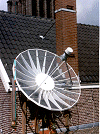 9 September 2000 |
|
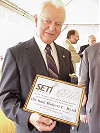 2 September 2000 |
|

26 August 2000 |
|
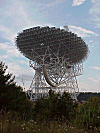 19 August 2000 |
|

12 August 2000 |
|
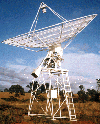
5 August 2000 |
|

29 July 2000 |
|
 22 July 2000 |
|
 15 July 2000 |
|

8 July 2000 |
|
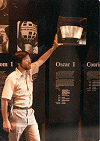
1 July 2000 |
|
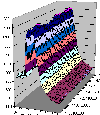 24 June 2000 |
|
 17 June 2000 |
|
 10 June 2000 |
|
 3 June 2000 |
|
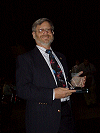 27 May 2000 |
|
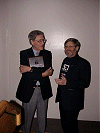 20 May 2000 |
|
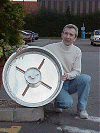
13 May 2000 |
|

6 May 2000 |
|
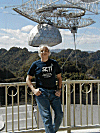
29 April 2000 |
|
 22 April 2000 |
|
 15 April 2000 |
|

8 April 2000 |
|
 1 April 2000 |
|

25 March 2000 |
|
 18 March 2000 |
|
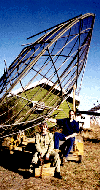
11 March 2000 |
|
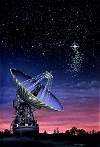
4 March 2000 |
|
 26 February 2000 |
|

19 February 2000 |
|

12 February 2000 |
|
 5 February 2000 |
|
 29 January 2000 |
|
 22 January 2000 |
|

15 January 2000 |
|
 8 January 2000 |
|

1 January 2000 |
Click here for lots more pictures.
email the Webmaster | entire website copyright © The SETI League, Inc. this page last updated 11 January 2003 |
Top of Page |
 SETI League Photo Gallery
SETI League Photo Gallery